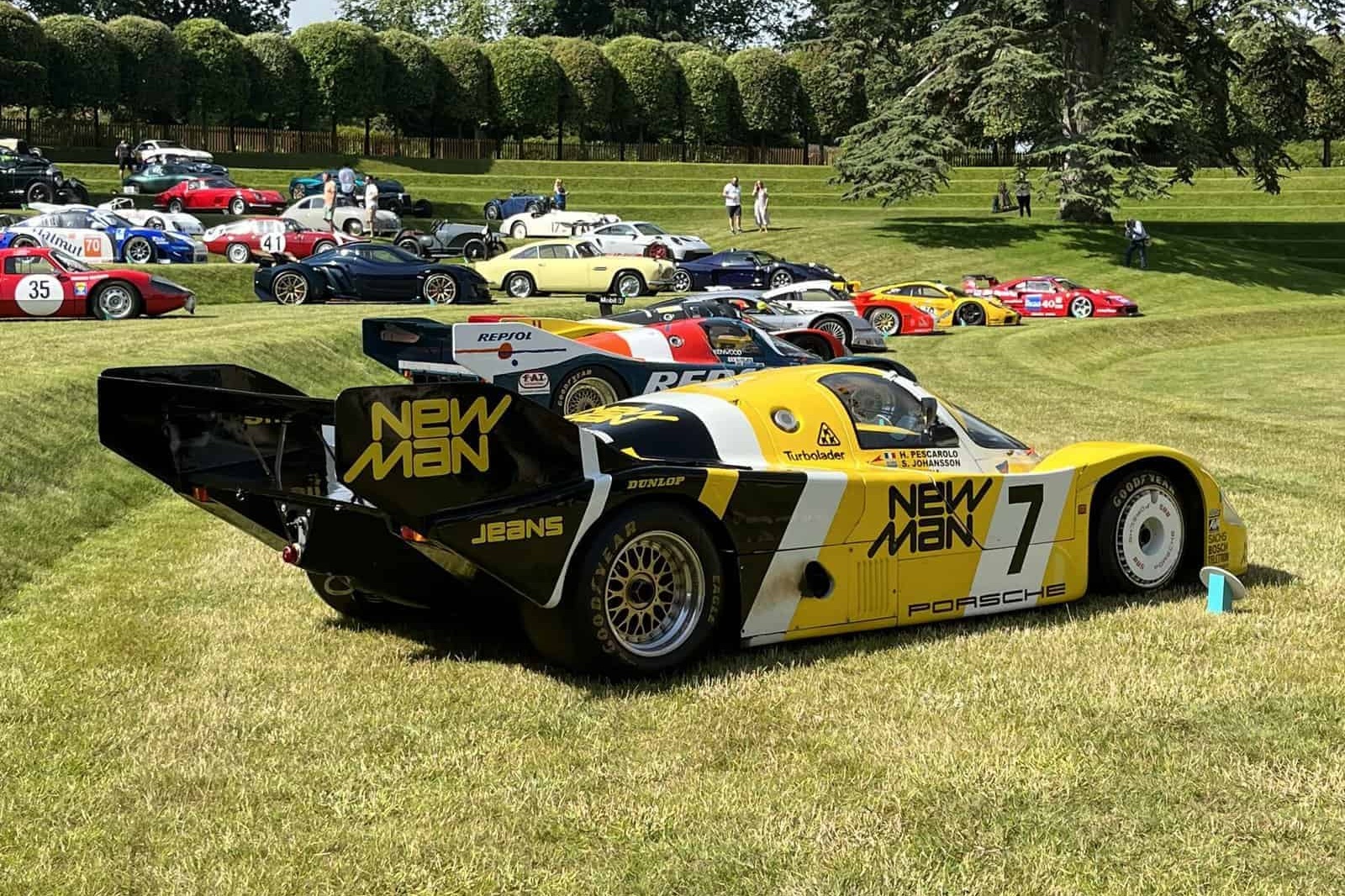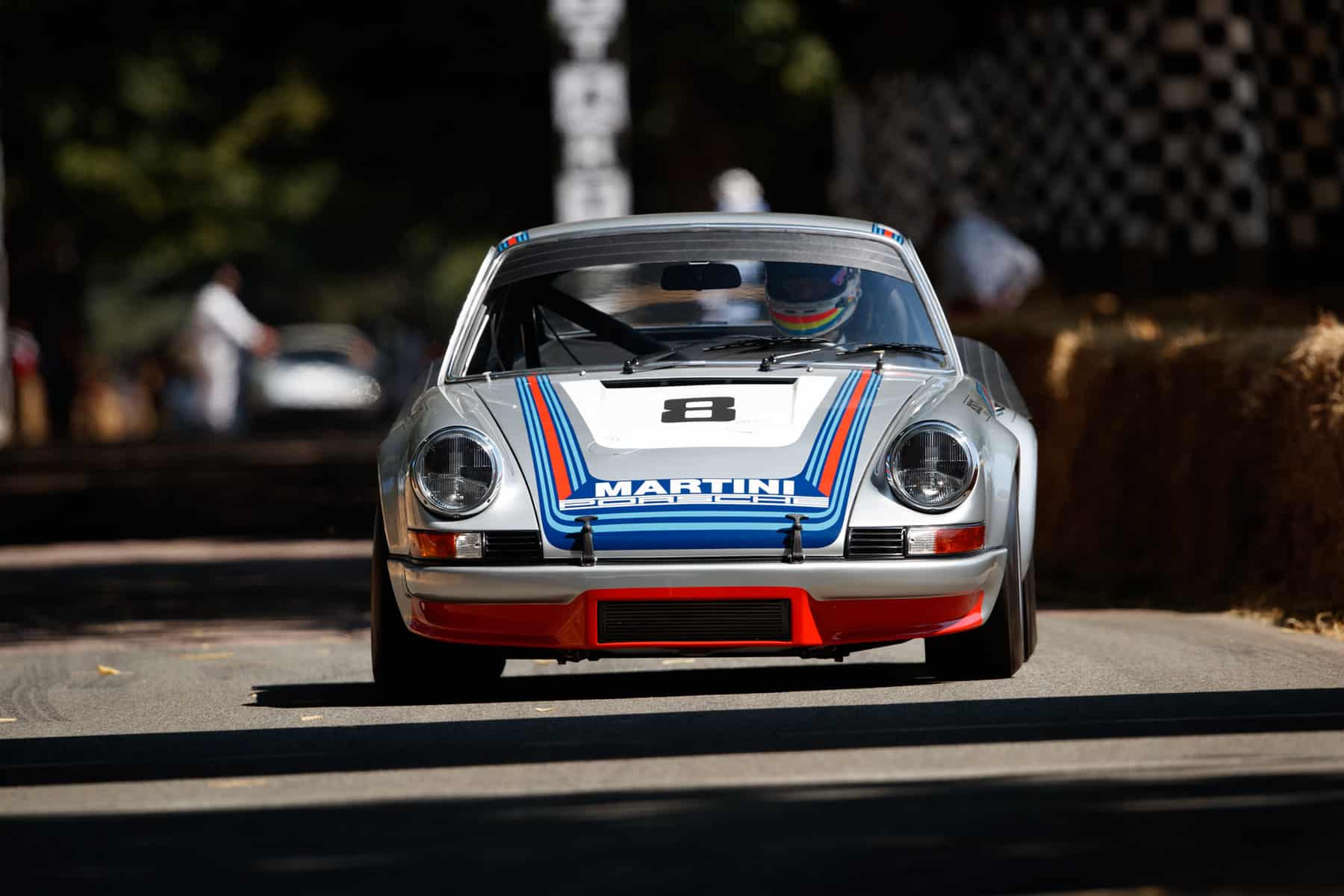Lola GT Mk6
The “Alpha and Omega" of the Ford GT
WORDS & IMAGES BY: WOUTER MELISSEN
Established in 1958 by quantity surveyor Eric Broadley, Lola Cars was already in Formula 1 in 1962 and produced what would form the basis for the legendary Ford GT40 at the end of the same year.
Dubbed the GT Mk6, or simply GT, it caused quite a stir when it was launched at the 1963 London Racing Car show. Ironically, the car’s development and competition career was ultimately cut short by Ford’s very interest.
That the newly formed Lola Cars moved up the ranks is not as remarkable as it may seem today. The British manufacturer debuted with small-displacement sports cars and single seaters and a substantial change in the regulations brought the engine size limit down to just 1,500 cc for the 1961 season. Of course, the step from Formula Junior to Grand Prix racing was still very big but certainly not outside the realm of possibilities. Broadley was helped further by the off-the-shelve Coventry Climax engine and Colotti gearbox, which allowed him to concentrate on the chassis only.
The Lola Mk4 had been commissioned by the Bowmaker Racing Team, which had earlier been involved in Formula 1 under the Yeoman Credit name. Loosely derived from the earlier Formula Junior cars, the Mk4 had a tubular spaceframe chassis. During the 1962 season, one Mk4A was built, which had aluminum panels riveted to the frame to form a semi-monocoque type chassis. With multiple motorcycle World Champion John Surtees behind the wheel, the Mk4 and Mk4A showed signs of promise during the season but financial issues unrelated to the F1 meant that the Bowmaker Racing Team had to withdraw from racing. The existing cars continued to be campaigned by privateers but there was little incentive for Lola to develop a new Grand Prix car.
Instead, Broadley turned his attention to developing a large-displacement Group 4 sports prototype. Although not eligible for the World Championship of Makes, which was now run for homologated GT cars, the less restricted Group 4 cars were welcomed at certain events, at the discretion of each organizer. Among those keen to see proper sports cars compete for outright victory was the Automobile Club de l’Ouest, the organizers of the all-important 24 Hours of Le Mans. Many national events in Great Britain and in the lucrative North American market were also open to these cars, which meant there was a much broader market than for the Formula 1 car.
Going one step further than with the Mk4A, the Lola GT featured a proper monocoque center section. This consisted of two boxes that had a fully stressed skin. These served as the car’s sills and were rubber sealed so they could also hold fuel. They were made of a mix of steel and duraluminum sheets to ensure the sections were both strong and lightweight. The two boxes were connected by three steel bulkheads, and the aluminum floor. Bolted to the first bulkhead was a separate square section frame to which the front suspension was bolted. The second bulkhead separated the cockpit from the engine bay and the third was at the rear axle line. The top cross-brace could be removed to make engine installation a little more straightforward.
The engine of choice for the works cars was a Ford small-block V8, similar to those found in Shelby’s Cobras. When the first GT was assembled these had a displacement of 4,262 cc and produced 260 hp when breathing through four Weber carburetors. The new Lola was one of the first sports cars to have a small-block V8 mounted amidships for the simple reason that there had not been a gearbox strong enough to cope with the power and torque of the V8 engines. This situation was addressed in 1962 with the development of the Colotti T.37 gearbox for use in the mid-engined Lotus Indy cars. Unlike the five- (T.32) and even six-speed (T.34) gearboxes used for Formula 1, where the power-bands were very narrow, the sturdier T.37 had only four forward gears.
While Broadley had designed the chassis and running gear himself, stylist John Frayling was tasked with penning the bodywork. His previous work included the Lotus Elite, so the Lola GT was in the right hands. Even though the general dimensions of the coupe bodywork were determined by wrapping the mechanicals tightly with glass fiber-reinforced plastic panels, Frayling did manage to work his magic. The bodywork was made by Specialised Mouldings. The broad, stocky nose featured covered headlights and twin nostrils in the radiator opening. The tail was relatively high with a nearly straight, slightly sloping line running to the rear end. A small rear window was added for some visibility and the tail also sported the iconic circular taillights lifted from the Ford Cortina parts bin.
Realizing just how much he had riding on the GT, Broadley ensured the prototype was finished in a stunning combination of silver for the bodywork and pale blue for the chassis surfaces. Painting the chassis was a good Lola practice as the Mk4 Formula 1 cars featured bright yellow spaceframes. “It was the star of the London Racing Car Show,” longtime owner Allen Grant explains. “It was written up in every single magazine in the world.” Despite the buzz created at the London show, Broadley initially only managed to sell one car in 1963, to John Mecom in the United States. He pressed on and prepared the prototype for its competition debut while two more were produced with lighter, all-aluminum chassis.
The first GT Mk6 was first raced at the Silverstone International in May. John Surtees had practiced the car but his employer, Ferrari, was not so keen to have him race a car that was a direct rival to the Italian manufacturer’s sports prototypes. Having never driven the car before, Tony Maggs was called in to replace Surtees. Despite starting from the back of the field, the South African eventually ended the race in ninth overall. The next outing was the Nürburgring 1000 km race where Maggs shared the driving duties with his compatriot Bob Olthoff. Out of sixty-seven entries, the Lola qualified ninth but started to suffer from technical issues from the opening lap of the race. First, the wheel nuts of the rear wheels had become loose and then the distributor failed, ending the charge early.
Lola Cars had intended to bring both new cars to Le Mans but only one of the aluminum Mk6s was ready. A works entry, the new GT was now fitted with a 4.7-liter engine from the Shelby Cobra, raising the power considerably. Richard Attwood and David Hobbs were behind the wheel, and they started twenty-second overall. Attwood moved into the top twelve during the first hour, but a series of technical issues slowed the new Lola down and eventually led to a crash after the gearbox refused to shift down to third. The third car, sold to John Mecom, was ready for the Guards Trophy at Brands Hatch. Augie Pabst was the driver, but he was out of the race early due to an engine failure. Mecom immediately had the Ford engine replaced with a small-block Chevy. In this guise, it was raced to two major wins at Nassau by Pabst later in the year. Mecom continued to campaign the car at select events in 1964 but with less success.
The other two GTs were never raced again as both had been acquired by the Ford Motor Company. Having famously failed to buy Ferrari, the “Blue Oval” decided to take on the Italians at their own game. A partnership with several companies, including Cooper and Lotus, was considered but eventually Henry Ford II settled on working with Lola and particularly with Eric Broadley. He signed a two-year deal to work on the development of what would become the GT40 under Roy Lunn, who headed the newly formed Ford Advanced Vehicles (FAV) in Slough, England. During this period, the Mk6s were used as rolling test beds. Unfortunately, there was a falling out between Broadley and Lunn over the chassis material to be used. Broadley was keen on going ahead with an aluminum monocoque, but Lunn was dead set on using steel, which was cheaper and easier to work with. One year into his contract, Broadley left.
“They compensated Eric (Broadley), and Eric has never complained how Ford treated him at all,” Allen Grant explains. The shop used by FAV was in Broadley’s name and returned to him when the deal was terminated. Also part of the compensation was the original Lola GT prototype. FAV moved in next door to continue to work on what would become the Ford GT40. A Shelby driver and mechanic, Grant spent 1965 in Europe working at FAV, which is when he spotted the GT Mk6 under a tarp in the shop next door. “I noticed a car in the corner and asked the Lola managing director, Rob Rushbrook, if I could have a look at it.” Grant recalls. “I just fell in love. I thought it was the most beautiful car I had ever seen.”
“Eric was going to make the GT into a street car for himself,” Grant continues. “At the time, he was in Indianapolis, so I asked Rob if Eric would consider selling the car. Rushbrook answered, ‘If he ever would, it would be now.’ Lola was busy building the new T70 Can-Am car and needed the room and the money.” Rushbrook suggested Grant make him an offer and he would get in touch with Broadley in the United States. “So I went back and counted every penny, nickel I could beg, borrow, and steal and came with three thousand bucks.” Rushbrook would have an answer in the morning: “So I did not sleep all night, got there bright and early and Rob said: ‘Well Allen, you bought yourself a car under one condition: Eric would really like to have you get the car out of the shop before he gets back because he hates to see it go.'” At the end of Grant’s tenure at FAV, the Lola GT prototype was put on a boat along with a bunch of Cobras and shipped to his native California.
Broadley had started recommissioning the GT and had the chassis repainted and a new wiring harness fitted but it was missing an engine and gearbox. During its time as a test mule the front and rear clip had been modified but Grant had been able to secure the original designs from Specialised Mouldings. Grant had intended to race the car but went into the real estate business and the Lola sat quietly in his shop for four decades. “I did not want to give it to someone else to do it, I wanted to be part of the restoration myself and it was not until 2008 that I started.” He was interrupted by the real estate depression but was committed to have it ready for the Monterey Car Week in 2016. With the help of the mechanics, Grant “renewed the car as it did not actually need restoring.” He continues: “I had a period-correct engine built, fitted a new transaxle and repainted it.”
More than fifty years after it was last seen in public, the prototype GT Mk6 returned to the limelight at The Quail, a Motorsports Gathering. Once again, its debut did not go unnoticed as Grant proudly recalls: “Octane magazine selected it as the most significant car of the entire week.” The car was also invited to the 2017 Goodwood Festival of Speed and Revival Meeting. Ford also, finally, recognized the role of the Mk6 in the development of the Ford GT40 and has regularly asked Grant to bring the car out. He is also among the lucky few to have been awarded a new Ford GT build-slot: “I asked them if I could have the last one made. It is going to be silver like the Lola. So I will have the Alpha and the Omega of the Ford GT.”
The other two Lola GT Mk6s have also survived. The second works car, which raced at Le Mans in period, was eventually restored to full running order and has been used in select historic racing events. Over the last two decades, it has been part of a Japanese collection and has only very rarely been seen in public. The ex-John Mecom car eventually ended up in the fabulous Rosso Bianco Collection museum near Frankfurt. When the cars were sold, it was acquired by American collector Bruce McCaw, who had it fully restored. In the hands of a subsequent owner, this car also returned to the racing track to compete in the 2018 Le Mans Classic.
Largely forgotten for many years, the GT Mk6 was a crucial car both in the history of the Ford GT40 and Lola Cars. Although very few parts were interchangeable, the GT did lay the foundation for the car that won Le Mans in 1966, 1968 and 1969. Thanks to his generous settlement, Broadley could pick up right where he had left off with Lola Cars and in 1966, Lolas had won the inaugural Can-Am Challenge Cup with John Surtees in the T70 and the Indy 500 with Graham Hill in the T90.
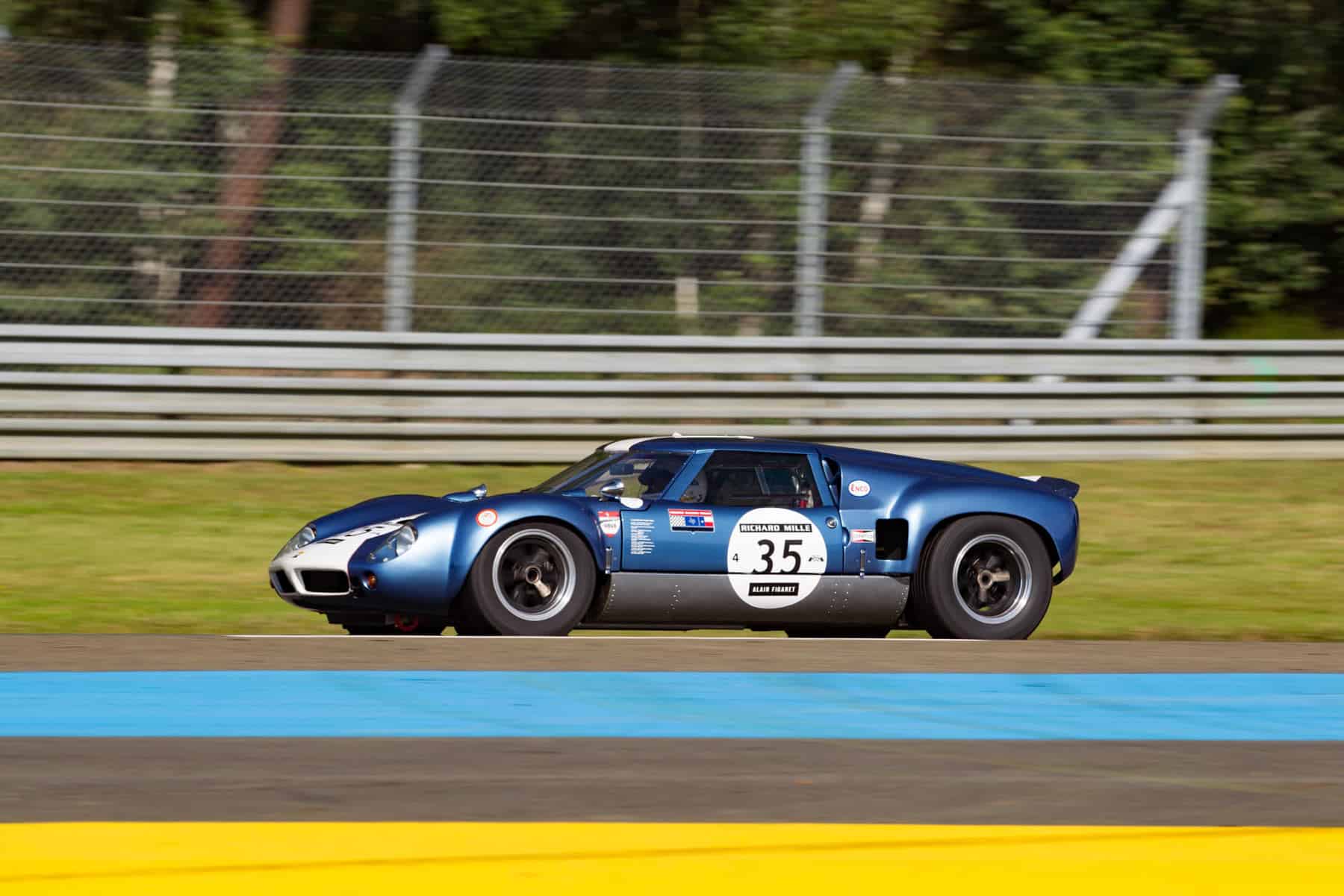
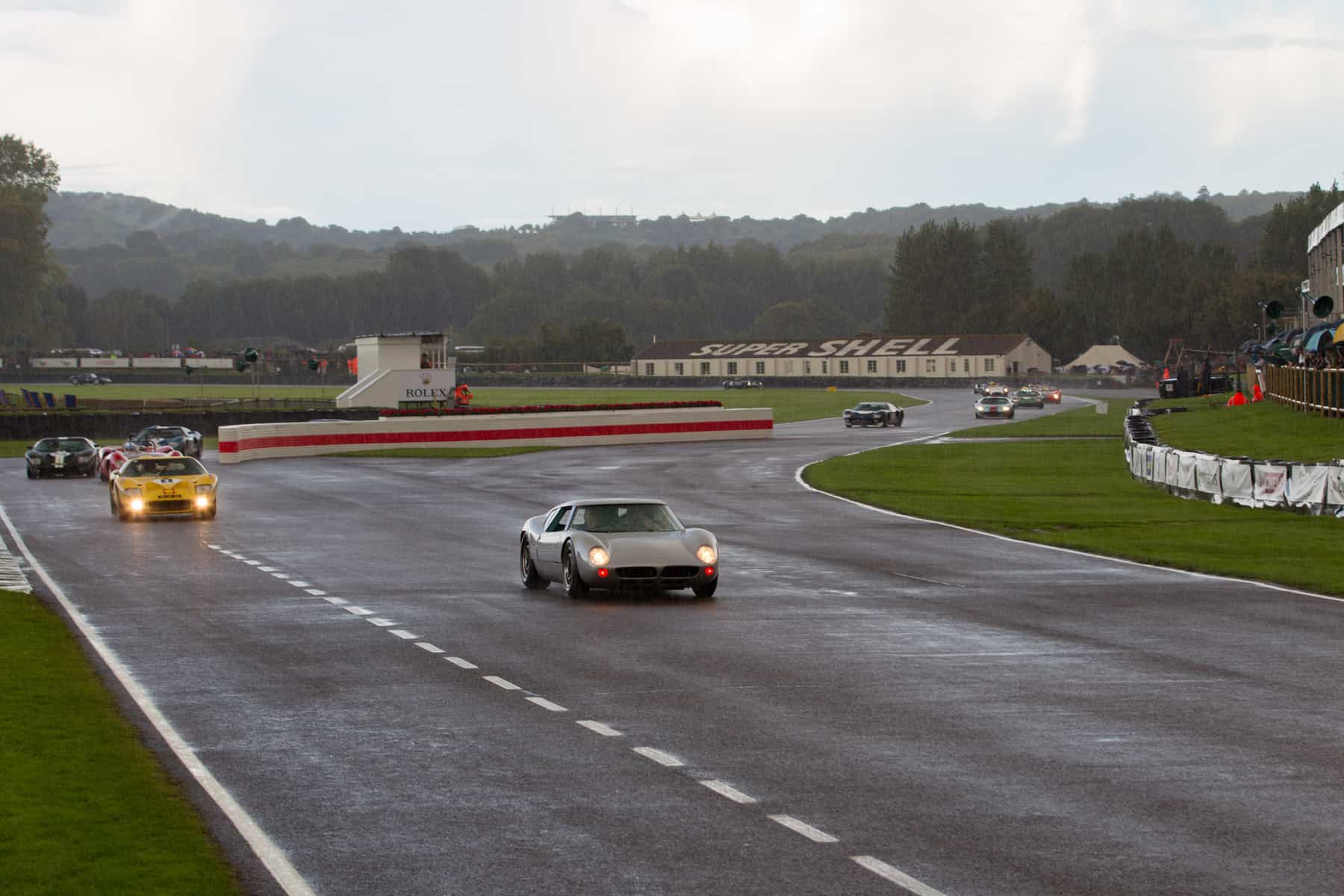
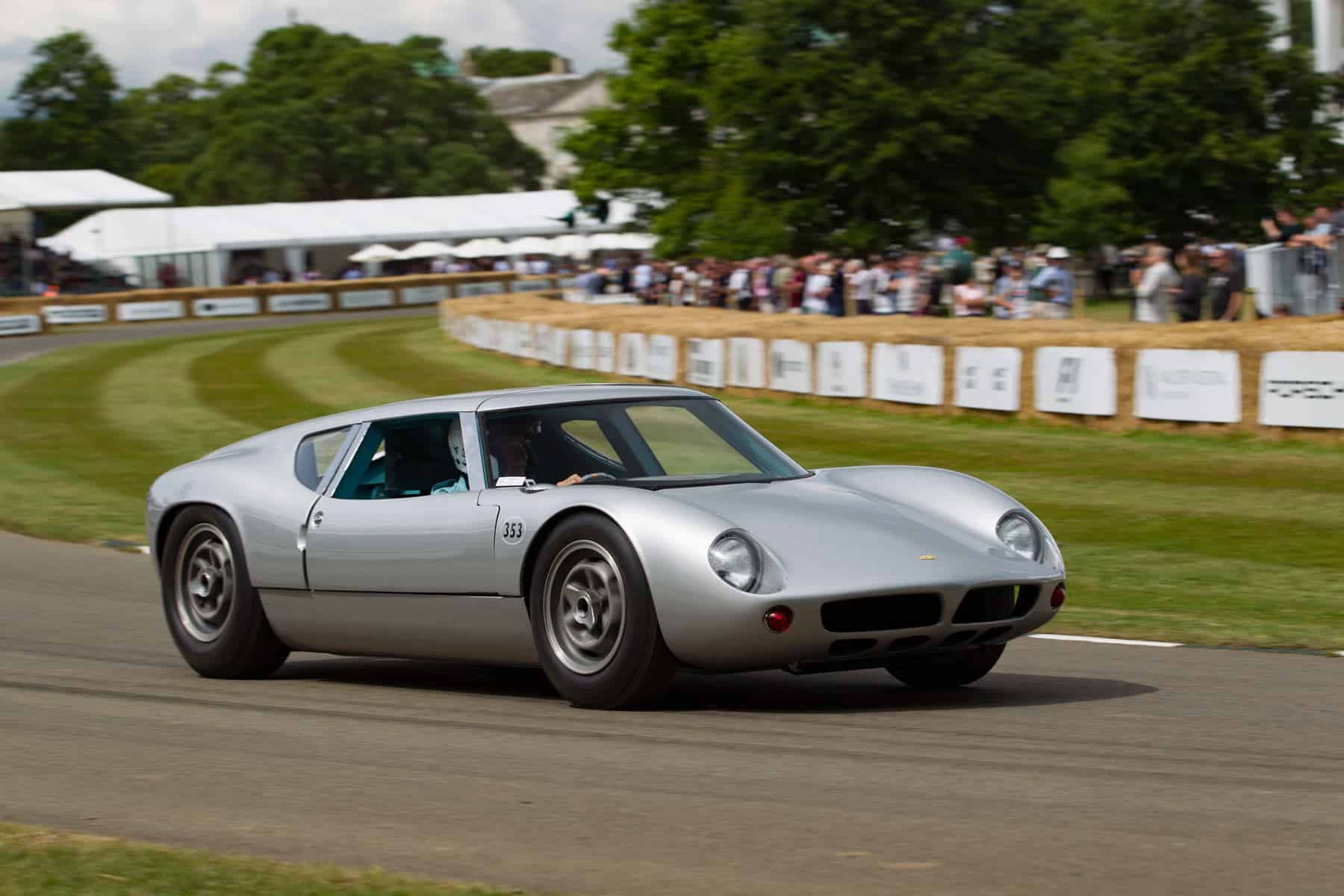
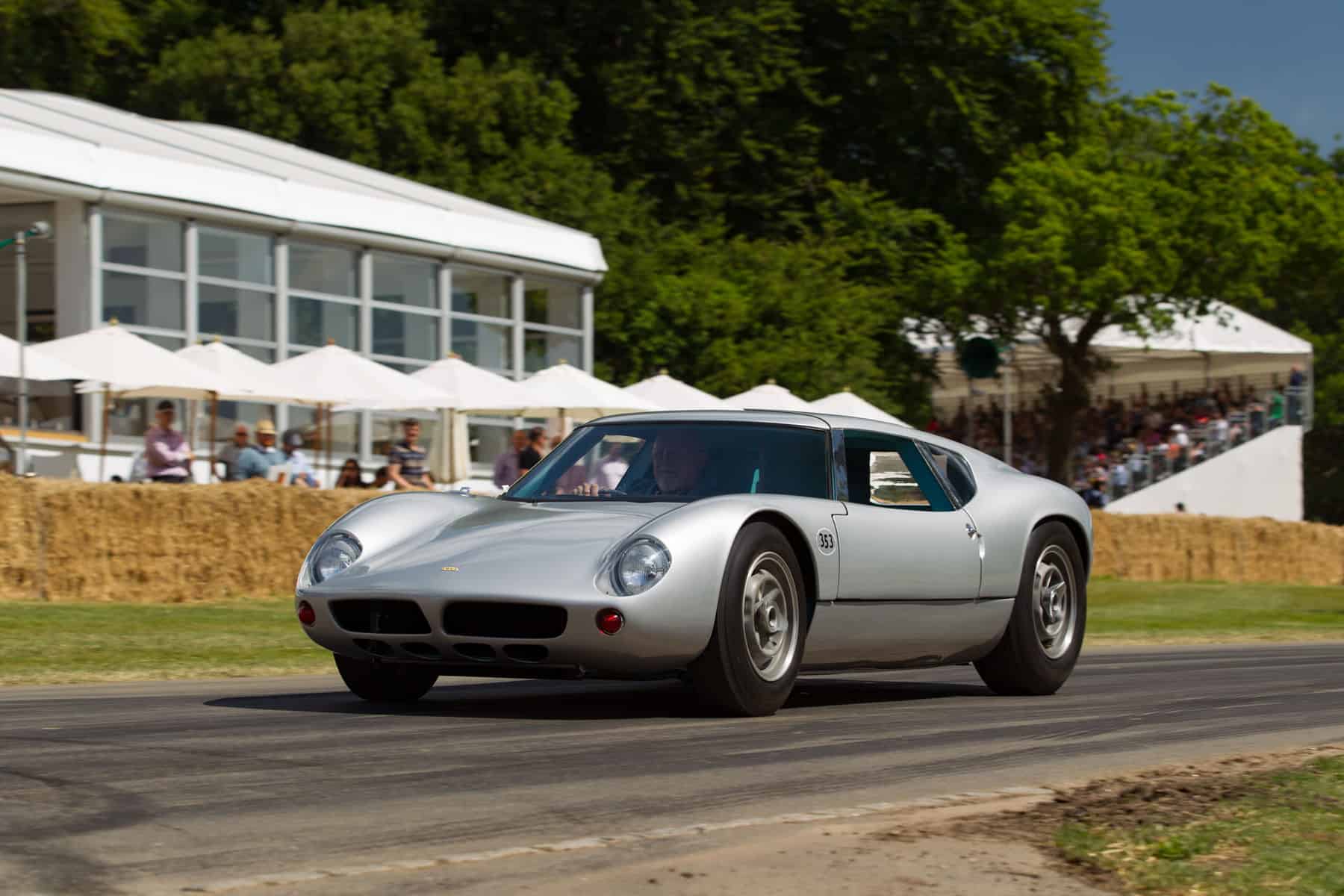
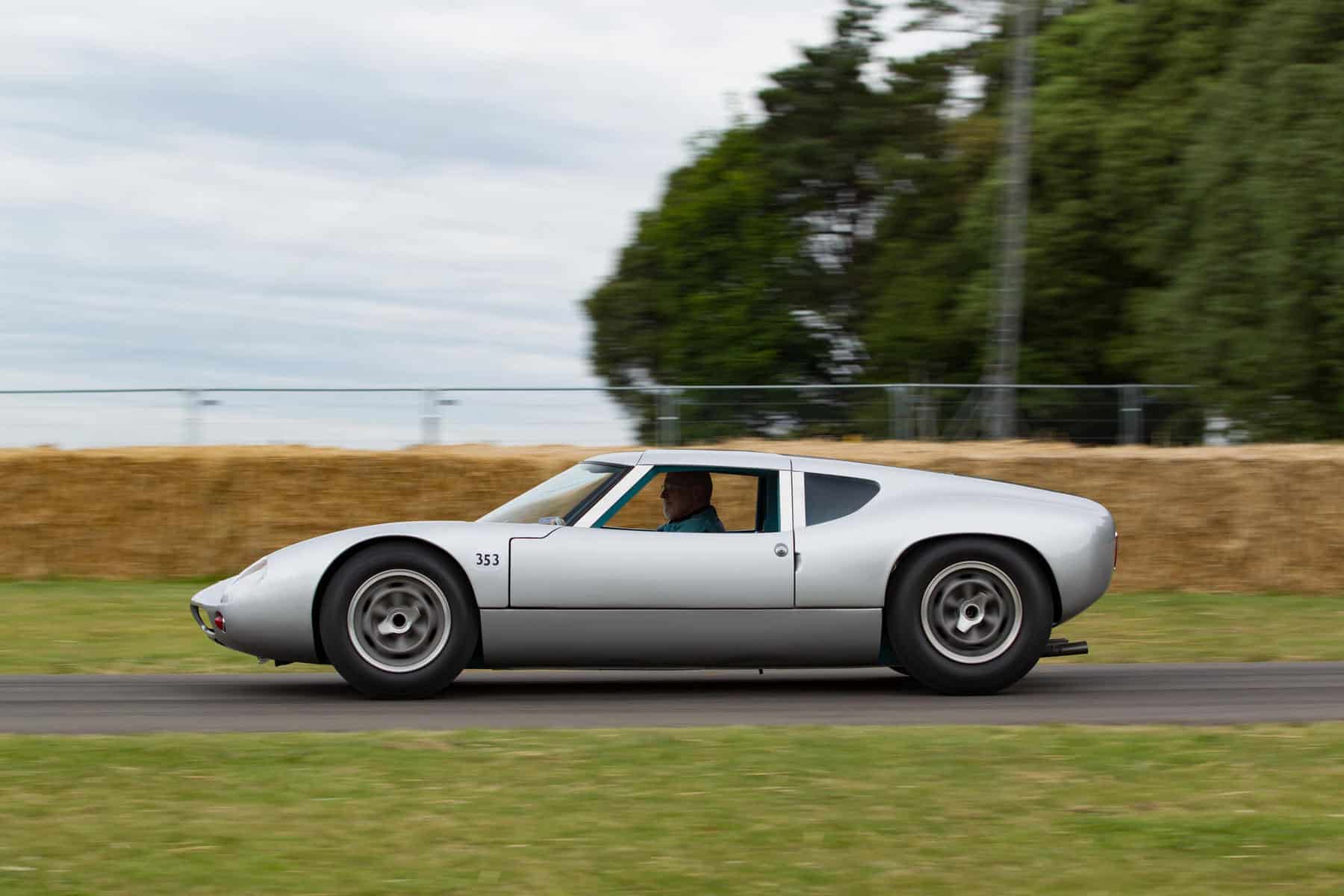


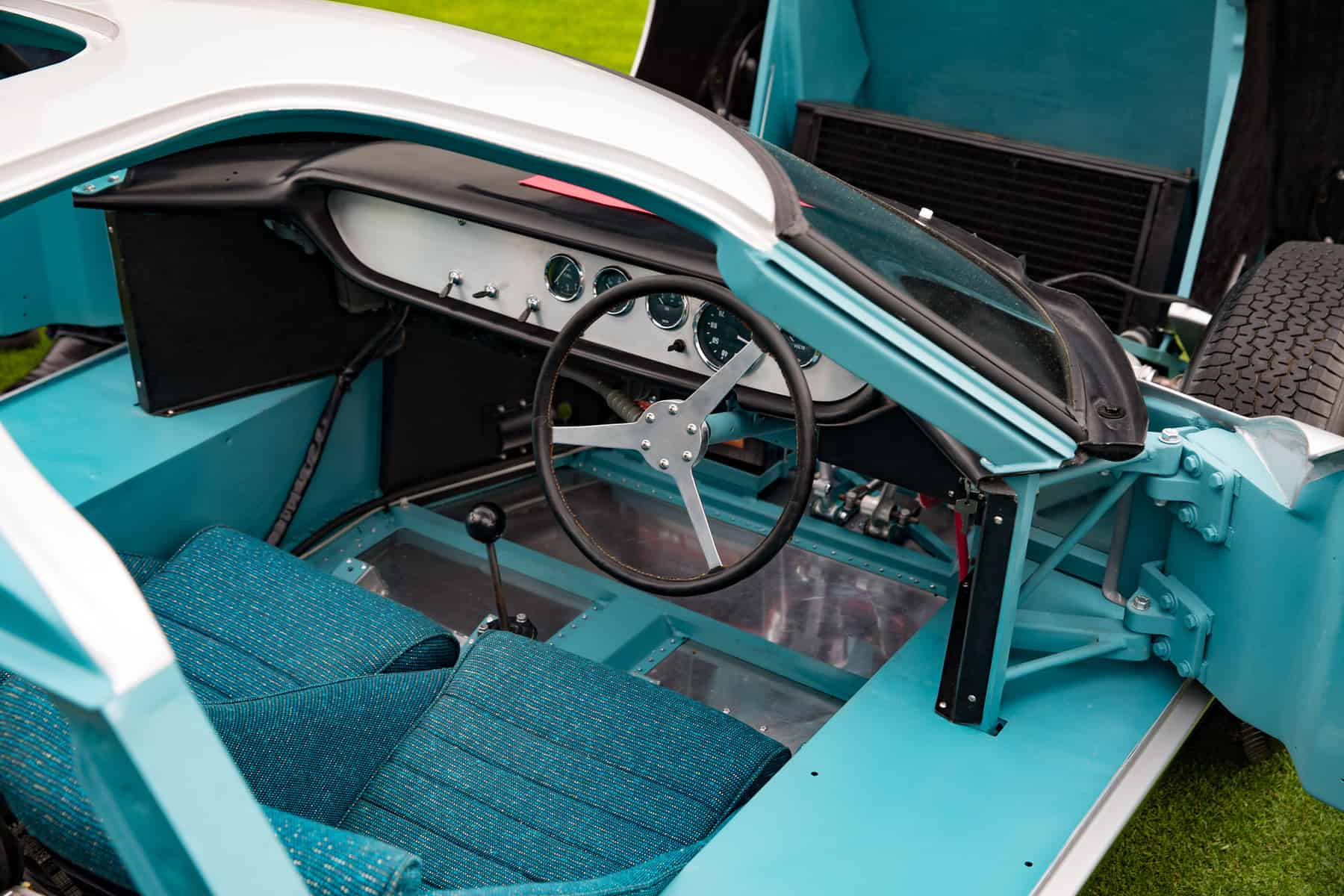



![alfa gtz perfectly imperfect webannerl[1]](https://automedia.revsinstitute.org/wp-content/uploads/2024/08/Alfa-GTZ-Perfectly-Imperfect-webannerl1-uai-1200x800.jpg)
